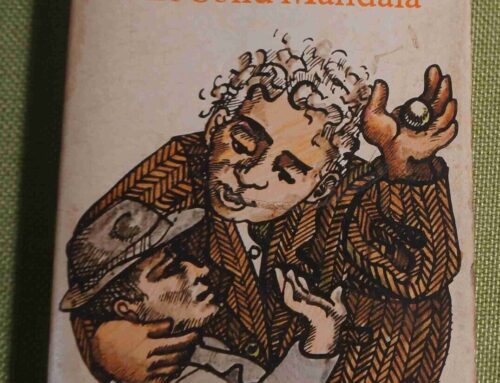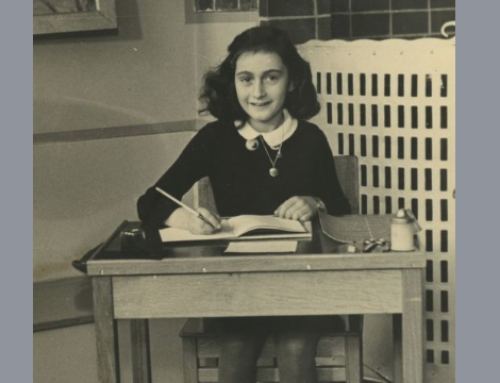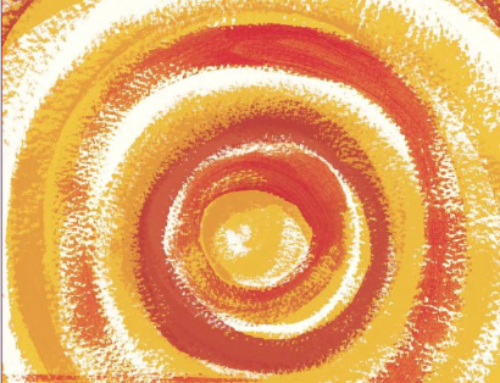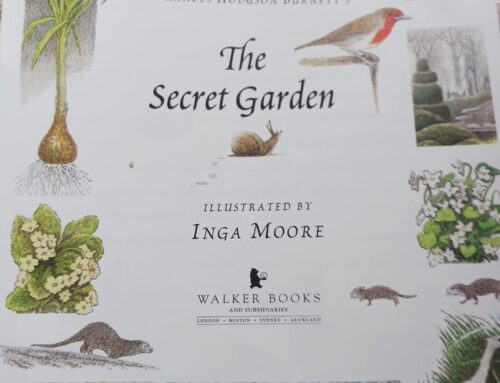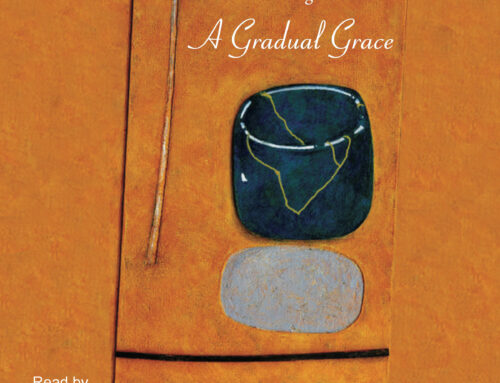The Secret Life of Cows, by Rosamund Young, is a little book that makes you rethink the way humans see things. Do humans dream of cows? Do cows dream of humans? Perhaps not, for humans, if they live in cities and towns and get their milk and dairy products from the shop. Back in the twentieth century, milk was delivered in glass bottles on your doorstep. Now it is in plastic bottles. 80% of all milk produced is used in secondary products — butter, cream, cheese — and in tertiary ones, all sorts of processed and packaged products. Dairy farming is done on a big, industrial scale, and it has become very cruel. I’ve never been a milk drinker, but I have fond memories of the time in my childhood when we had a milking cow, and I helped my mother separate the cream and churn butter. And most of my life, I have enjoyed cream, butter in cooking, cheese and more recently, yogurt. About three months ago I woke up. I realised that cows are slaves to humans, that their babies are taken from them soon after they are born, and reared for the table. Meantime, the mother is milked until she is ready to carry another calf. If we treated humans like this, herding them in large numbers, subjecting them to milking machines, taking their babies from them, making them produce more babies, The Handmaids’ Tale would read like a fairy story.
So this little book tells us of a different way. The Secret Life of Cows is not a conventional book. It is a series of anecdotes, weaving in and out of one another. The premise of the book is that cows are individuals, have personalities, emotions, are intelligent and diverse, and they can lose their identities if they are “forced to live in unnatural, crowded, featureless, regimental, or boring conditions.” They are not all the same and do not want to be treated as such.
Success in farming is increasingly measured in terms of output. … the almost constantly pregnant mother might well have a reduced life-span and will not have the opportunity to pass on to her progeny her own accumulated wisdom because of unnatural, forced weaning strategies. This is farming for the short term.
At the author’s family farm, Kite’s Nest, the calves stay with their mothers for as long as they choose. They suckle for at least nine months, and wean themselves before the next calf is due. After a simple and engaging introductory chapter which defines industrial methods and the organic, cow-friendly methods that Kite’s Nest follows, we are treated to many stories of the cows, all with names. Mothers and daughters, bull calves, siblings, difficult calvings, calf games, birthings and deaths… we are invited into this little world, to get to know the cow characters and their lives. Sheep, pigs, hens, horses and birds are part of this world too, and have their little entrances and exits. There are some delightful line drawings. All in all, this little book is a world you enter and suspend any prejudices you may have about food and the way it is produced, and just simply get to know the creatures that have been domesticated to feed the world, increasingly in cruel, industrialised ways. Here, they are treated as individuals, with respect and love and humour.
I have stopped eating dairy. I know this won’t make any difference to the life of cows, but it is for myself I do it.

